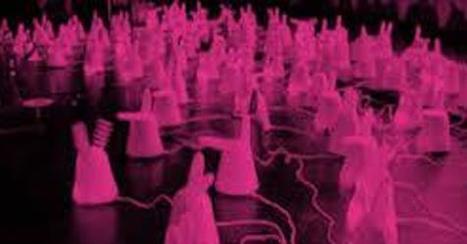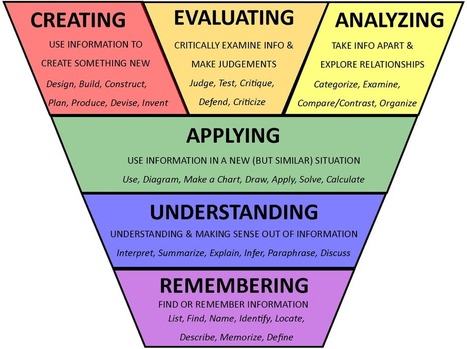The topic of this essay is artistic work. I am not, of course, an artist. But in spite of being quite specific in some respects, artistic work is not fully autonomous. It relies on the more general—social, economic, technical, and political—conditions of art production, distribution, and presentation. During recent decades these conditions have changed drastically, due first and foremost to the emergence of the internet.
In the period of modernity, the museum was the institution that defined the dominant regime under which art functioned. But in our day, the internet offers an alternative possibility for art production and distribution—a possibility that the permanently growing number of artists embrace. What are the reasons to like the internet, especially for artists, writers, and so forth? ...
Via
Jacques Urbanska



 Your new post is loading...
Your new post is loading...


















